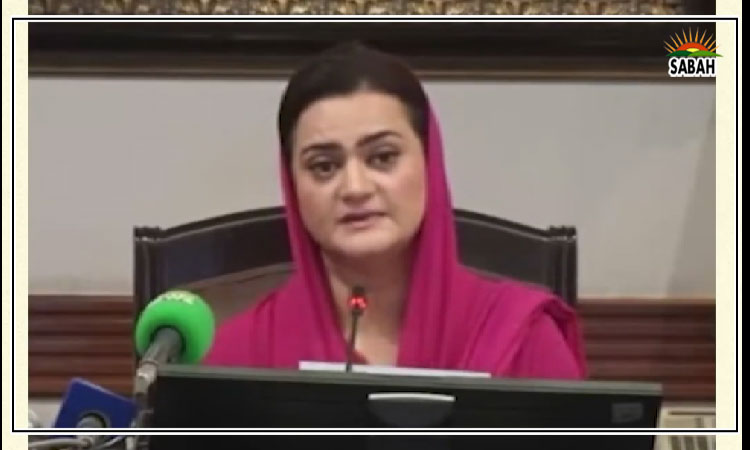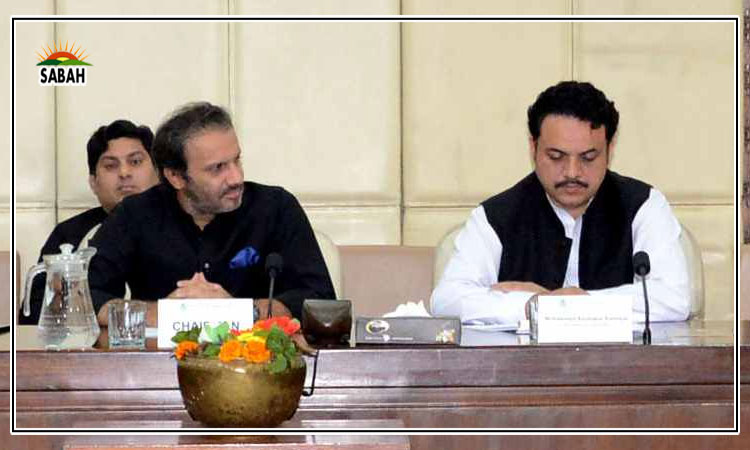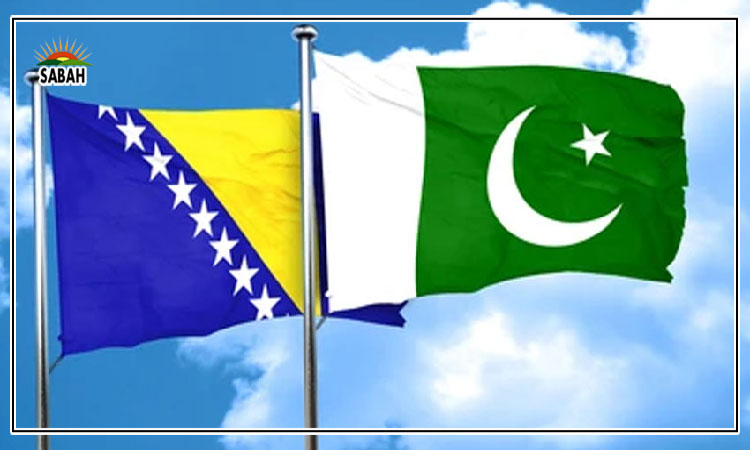Ukraine’s counter-offensive — technical notes…Inam Ul Haque
It was with much fanfare and quite unlike in a military operation that the counter-offensive by Ukrainian Military was launched with ambitious goals. If press is to be believed, President Zelensky and his generals are aiming at evicting all Russian occupation from Ukrainian territory that includes Donbas Region to the east and Crimean Peninsula to the south, surrounded by the Sea of Azov and Black Sea. The politics of offensive are important for Ukraine, as its outcome would decide the course of war, whether to continue military operations or settle for a negotiated arrangement for peace. So far, the speed of the offensive is much less than expected, and the gains quite minimal…a village here and a hamlet there. The front has barely moved some kilometers. And the press is abuzz with all sorts of reasons and rationale for the less than expected progress. President Putin this week called the offensive a failure.
Military geography first. Most of the Donbas Region is a stretching plain with undulations rising to a maximum elevation of 369 meters. The monotony of the plain is broken by crisscrossing gullies and depressions 100 meters and more in depth. The high bank of Donets River running North to South towards its confluence with River Don before emptying in the Sea of Azov dominates the area with formidable obstacle value. The 950 km long Donets flows south-east through Ukraines Kharkiv, Donetsk and Luhansk Oblasts in Donbas Region, re-entering Russia (Rostov Oblast), to join River Don, about 100 km from the Sea of Azov.
The Donets average width ranges between 30 and 70 m and beyond, and it is between 0.3 to 10 meters deep, needing deliberate bridging effort. Water flow fluctuates and it freezes from around mid-December until late March with 20-50 cm of snow/ice. Most other rivers and tributaries run north to south.
The Donets Basin contains dense carbon and sizeable coal reserves. The area is home to more than 100 mostly Russian speaking mining communities since the early 20th Century. The Donbas produced 87 per cent coal and 74 per cent pig iron for the Czarist Russia. It was a major industrial engine for the economy of independent Ukraine. The area is suitable for mechanised warfare with frequent requirement of infantry to clear the numerous built-up areas and provide cover during obstacle-crossings. Any offensive would need other pre-requisites like robust engineer support, air cover and sound intelligence about enemy dispositions.
The front-line pivots, about 50 kms from River Donetsk, that will perhaps be the main Russian defensive position, and has remained mostly unchanged following Russias withdrawal from Kherson since mid-November. The Front stretches from grassy steppes in the northeast, along Dnieper River, all the way to Black Sea. The Dnieper or Dnipro is a navigable river, connected to other waterways in Europe and is a significant barrier to both sides. Some part of the forward defensive lines between both Armies runs along Dnipro. Both sides are operationally restricted to key terrain due to paucity of resources. Russia occupies roughly 20% of Ukraine.
The southern Ukraine is militarily important as it provides the only land bridge between mainland Russia and Crimea. Dominating the land bridge interdicts Russian supplies and logistics to an otherwise land-locked Crimea. Similarly, although Ukraine controls the port cities of Mykolaiv and Kherson, its exports to the sea are interdicted by Russian troops, controlling the commercial chokepoint of Kinburn Peninsula, a crucial territory just 3 km from mainland Ukraine.
Second, the array of forces. Exact figures about Russian forces, casualties and reinforcements are not known. Russia has, however, taken significant casualties in men and materiel. As per some estimates, in 516 days of war, Russian Army lost more than 1,78,820 soldiers, 1,178 per cent more than the two Chechen wars, that lasted 4 years; and 1090 per cent more than the 9 years of war in Afghanistan. This forced the first conscription ordered by Putin. Besides, thousands of tanks, artillery guns, vehicles and other weapons are destroyed. It has actually forced Russia into consolidating positions around key areas, and adopting defensive posture, abandoning the City of Kherson in November 2022. Russian Military is now tactically on the offensive, and strategically on the defensive.
Ukrainian forces have also suffered immensely. Comparatively the military potential of Russian Armed Forces far exceeds the Ukrainian Armed Forces, despite the foreign training, equipment and other volunteer forces from around the world fighting alongside Ukraine. It is precisely for these reasons that the counter-offensive is so politically important for Ukraine. A prolonged conflict would hasten the Ukrainian culminating point faster than the Russians, unless there are other drastic turns in the conflict, for example the escalation in the means of combat…nukes, etc.
That brings us to the counter-offensive in Donbas proper. A classic Russian defence would entail well dug-in positions including strong points, pillboxes, urban fortifications, incorporation of built-up areas and defensive lines based on (water) obstacles, with ample security zone in front that is extensively mined, booby-trapped and IED-laced. The security zone is covered with long-range fires, is patrolled and is littered with anti-tank nests and tank-hunting teams. River lines provide defending Russian multiple lines of defence. The classic theory of war warrants a 3:1 superiority for attacking forces to succeed against ordinary defences. With fortifications etc, the ratio goes as high as 30:1 against the defenders. That is heavy in numbers.
For the attacking Ukrainian troops, mustering the above ratios would be a tall order. Operationally such defences are breached at great cost by launching a bridgehead operation through infantry and engineer troops, inducting armour and then breaking out towards objectives deep in the rear. German Forces in World War-II did exactly that in the same area, following their Blitzkrieg. However, modern warfare makes exploiting gaps, if any, in the defences relatively less beneficial, as enemy also can monitor attacking forces movement and maneuver. Russia has the means. Yes, a defender subjected to sustained air and artillery pulverisation may give in, but that is costly as in this scenario, the stronger side in on the defensive.
So, in a nutshell, it seems the Ukrainian offensive is still into the clearance phase of the security zone and has not contacted Russian main defences all along. Surprise breakthroughs are always a possibility in war, but Russian forces after the Wagner episode and the failed offensives seem to have learnt lessons. Will keep the fingers crossed!
Courtesy The Express Tribune












